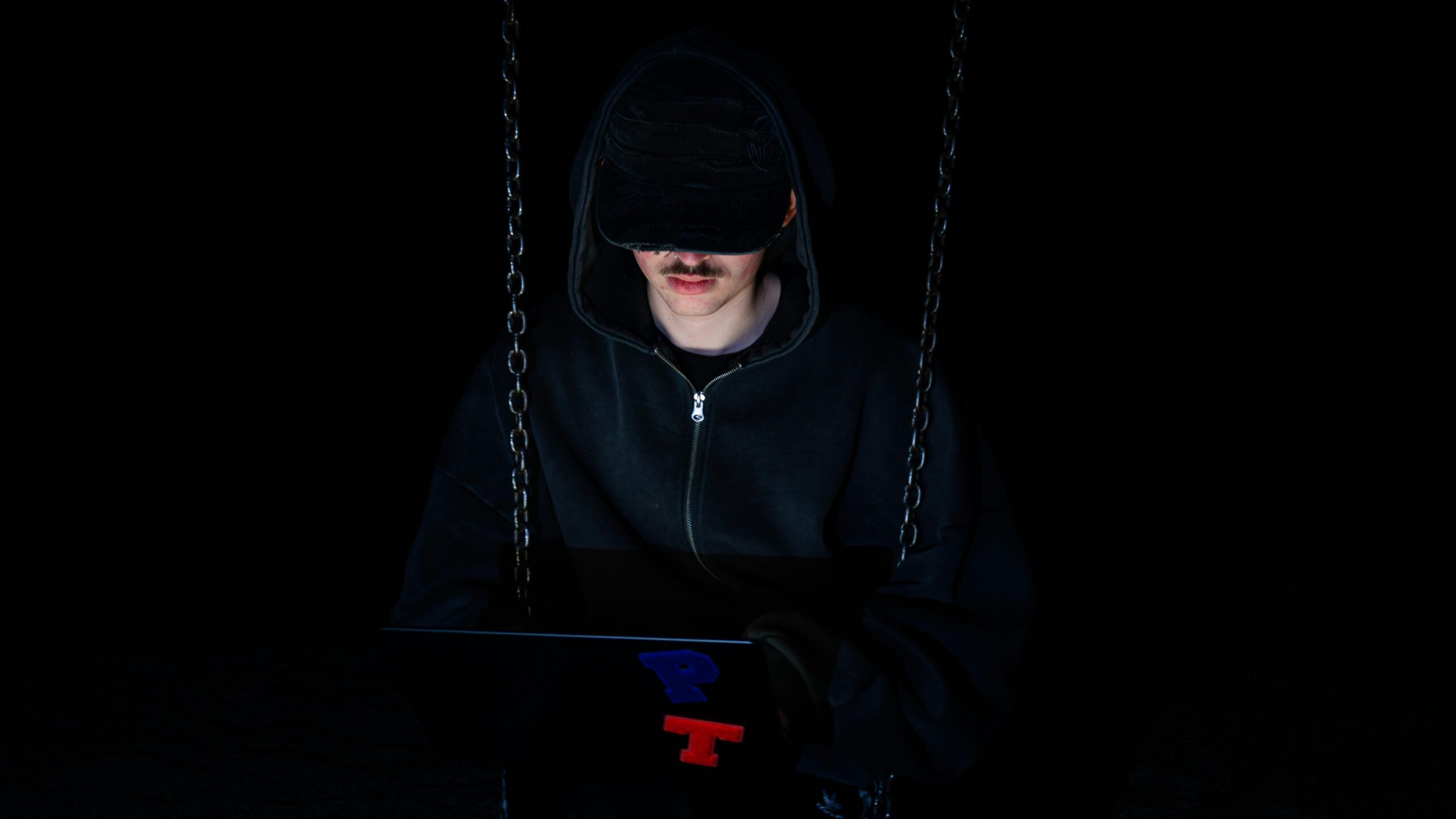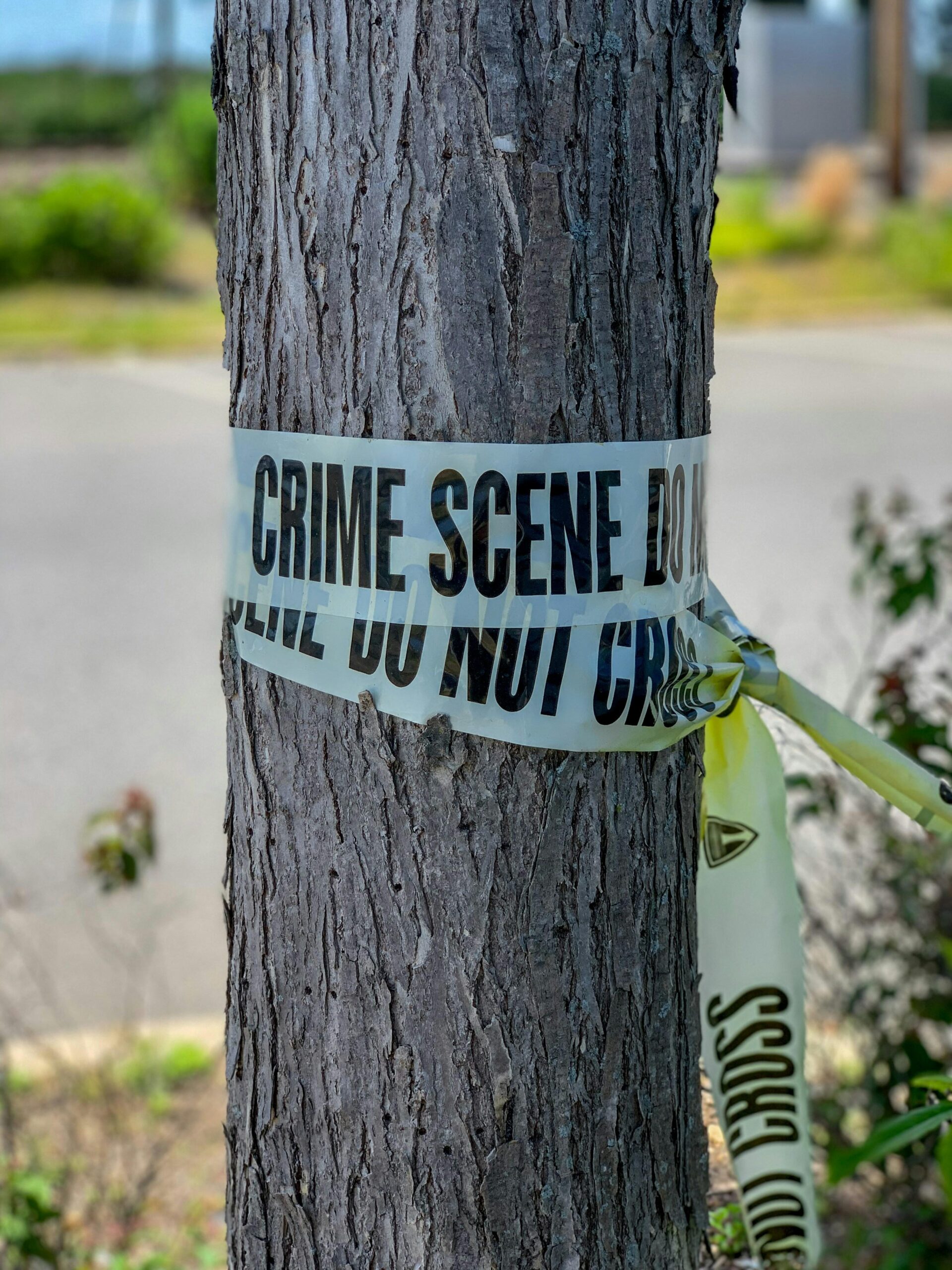In today’s hyper-connected world, where our lives are intertwined with technology, the dark underbelly of the internet continues to grow—cybercrime. From sneaky data breaches to elaborate hacking schemes, these digital crimes leave trails that are often invisible to the untrained eye. Enter digital forensics, the fascinating science and art of uncovering hidden evidence from electronic devices. But what really goes on behind the scenes in a cybercrime investigation? How do experts piece together tiny fragments of code and data to solve complex cases? Join me as we dive inside the intriguing world of cybercrime investigations and explore the incredible power of digital forensics.
Table of Contents
- Unveiling the Digital Trail How Forensics Unlock Hidden Clues in Cybercrime
- Decoding Data Artifacts What Every Investigator Needs to Know About Digital Evidence
- The Role of Advanced Tools How AI and Machine Learning Are Transforming Cyber Forensics
- Building Strong Cases Practical Tips for Preserving and Presenting Digital Evidence Effectively
- Insights and Conclusions
Unveiling the Digital Trail How Forensics Unlock Hidden Clues in Cybercrime
The digital realm is a labyrinth, but within it lies a trail of breadcrumbs that expert investigators meticulously follow. Every click, login, and data transfer leaves behind footprints that seem invisible to the untrained eye. Through advanced tools and techniques, forensics specialists decode encrypted messages, recover deleted files, and trace IP addresses to reveal the orchestrators behind seemingly impenetrable cyber walls. This invisible yet palpable trail transforms chaos into clarity, turning digital shadows into actionable evidence.
What sets digital forensics apart is its multi-faceted approach to uncovering hidden clues, including:
- Data Recovery: Salvaging vital information even after attempts to erase or corrupt it.
- Timeline Reconstruction: Piecing together sequences of digital events to understand attack patterns.
- Metadata Analysis: Extracting contextual information from files and communications to reveal origins and intentions.
By leveraging these techniques, forensic experts do more than just expose cybercriminals—they reveal the hidden narrative behind every breach, enabling justice in the invisible battleground of cyberspace.
Decoding Data Artifacts What Every Investigator Needs to Know About Digital Evidence
When probing into the maze of digital evidence, investigators often confront data artifacts—traces left behind by user actions, system processes, or application activity. These fragments, while seemingly insignificant alone, paint a detailed picture once pieced together. Recognizing the subtle differences between temporary files, registry keys, and system logs can turn a dead end into a breakthrough. Every click, save, or deletion leaves a hint encoded in metadata and timestamps, waiting for the skilled eye to decode and validate the story hidden within the digital landscape.
Mastering data artifacts means embracing a toolkit filled with forensic software and analytical techniques designed to extract meaning from chaos. Investigators rely on the ability to:
- Identify file remnants that reveal prior user actions.
- Trace network activity through hidden logs and cache files.
- Interpret system-generated records that verify timelines and system states.
Each artifact is a piece of a larger puzzle that, when compiled, reconstructs events with precision. Understanding this nuanced language of digital shadows empowers forensic experts to turn scattered bytes into undeniable evidence, forging the backbone of credible cybercrime investigations.
The Role of Advanced Tools How AI and Machine Learning Are Transforming Cyber Forensics
In the ever-evolving battlefield of cybercrime, traditional methods of investigation no longer suffice. The infusion of artificial intelligence and machine learning into digital forensics has significantly amplified the power and precision of cyber investigations. These advanced technologies enable forensic experts to analyze vast volumes of data at speeds unimaginable just a few years ago. With AI algorithms capable of detecting subtle anomalies and patterns, investigators can uncover hidden links between digital footprints that would otherwise go unnoticed. This means faster identification of cybercriminals, more accurate reconstruction of events, and ultimately, stronger cases that hold up in court.
One of the most remarkable aspects of AI-powered forensics is its ability to continuously learn and adapt. Machine learning models improve over time, refining their analytical prowess with every new data point. Some of the key benefits include:
- Automated Evidence Sorting: AI systems can categorize and prioritize digital evidence, reducing human error and escalating critical findings swiftly.
- Behavioral Analysis: Machine learning identifies suspicious activities by understanding normal user patterns and flagging deviations in real time.
- Predictive Insights: By processing historical data, AI can anticipate potential attack vectors, allowing preemptive countermeasures.
As these sophisticated tools become more integrated into cyber forensics, the line between human intuition and machine intelligence continues to blur—ushering in a new era where technology not only supports but enhances investigative expertise.
Building Strong Cases Practical Tips for Preserving and Presenting Digital Evidence Effectively
Effective handling of digital evidence is a cornerstone in cybercrime investigations. One of the most critical steps is ensuring the integrity of the data from the moment it is identified. This means using write-blockers, creating cryptographic hashes, and maintaining a meticulous chain of custody. Failing to follow these steps can render valuable evidence inadmissible or compromised. Preservation also involves understanding the volatility of digital evidence—some data, like RAM contents and live network traffic, can disappear if not captured promptly. Investigators should always act swiftly and methodically, relying on trusted forensic tools that log every action taken during the acquisition process.
Presenting digital evidence effectively demands more than technical know-how; it requires storytelling skills to make complex data understandable in a legal context. Visual aids, such as timelines, network maps, and annotated screenshots, become essential tools to convey the narrative of how the cybercrime unfolded. It’s important to anticipate questions that could arise during testimony, prepared to translate jargon into clear, concise language for judges and juries. Additionally, organizing evidence logically with thorough documentation and cross-referencing strengthens the case and highlights connections that might otherwise be missed.
- Document every step – logs, dates, and tools used matter.
- Use validated forensic software to ensure data authenticity.
- Correlate evidence from multiple sources for a comprehensive view.
- Practice clear communication when explaining technical details in court.
Insights and Conclusions
As we peel back the layers of cybercrime investigations, it’s clear that digital forensics isn’t just a tool—it’s the very heartbeat that drives the pursuit of truth in the digital realm. From tracing elusive hackers to unraveling complex data trails, digital forensics empowers investigators to turn bits and bytes into compelling evidence. The next time you hear about a cybercrime case cracking wide open, remember: behind every breakthrough lies the meticulous, fascinating world of digital sleuthing. And who knows? With technology evolving at lightning speed, the future of digital forensics promises even more intriguing discoveries waiting just beneath the surface. Stay curious!











